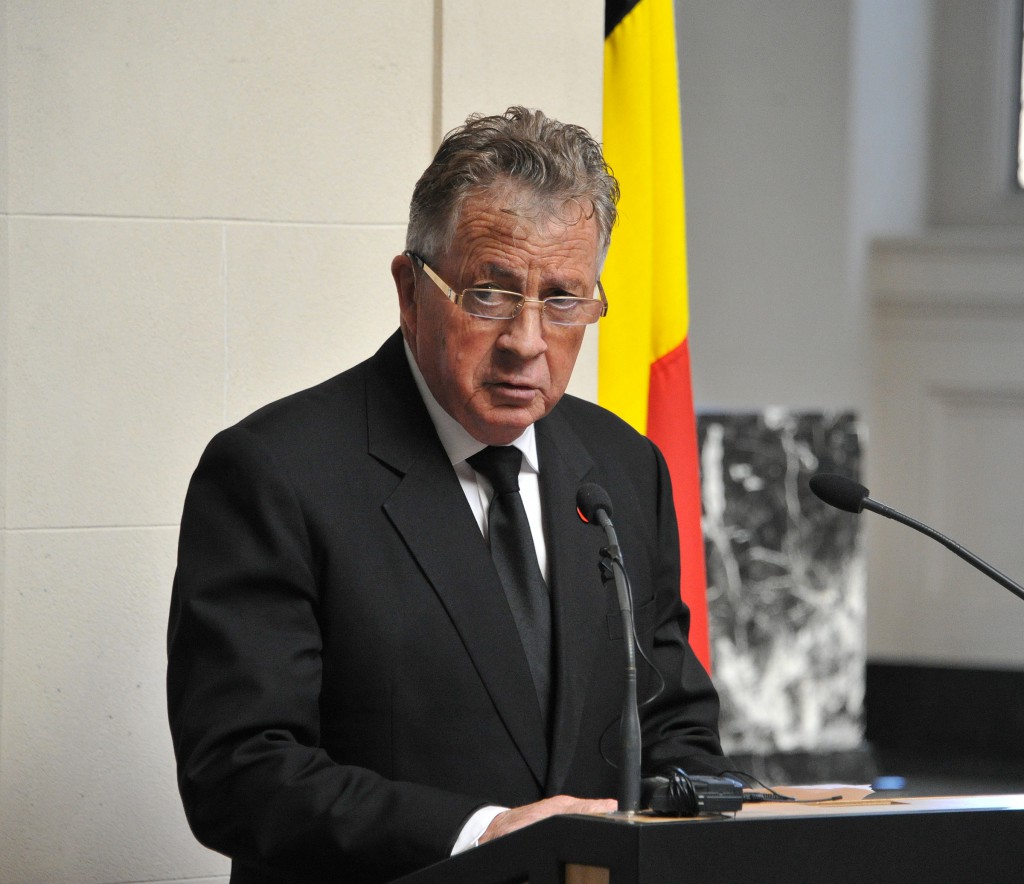Chunuk Bair must not be forgotten
 This month we will be already one year into the centenary of the Great War. August 2015 brings a most important war anniversary for New Zealanders, one of New Zealand’s greatest feats of arms, the capture of one of the key heights of Gallipoli, Chunuk Bair.
This month we will be already one year into the centenary of the Great War. August 2015 brings a most important war anniversary for New Zealanders, one of New Zealand’s greatest feats of arms, the capture of one of the key heights of Gallipoli, Chunuk Bair.
Three months after the ANZAC landings in April 1915, after a failed offensive at Cape Helles, the Gallipoli campaign was stalemated. An audacious plan to outflank the Ottoman Turkish defenders by seizing the heights of the Sari Bair range was conceived. From these heights the narrows of the Dardanelles, the seaway to Constantinople and to the Black Sea could be seen and dominated. The task of spearheading the assault was given to the New Zealanders, but it was long odds. One problem was that approval for the plan came too late. The Turks had realised the vulnerability and had fortified the heights. When the offensive finally got underway on 6 August they were ready. At the southern end of the Anzac perimeter, wave after wave of Australian infantrymen, climbed out of their trenches and charged the Turkish machine guns at Lone Pine in a diversionary attack. Nearly 2000 Australians were to sacrifice themselves in this way.
As part of the same offensive, British and Indian troops launched a diversionary attack at Cape Helles, while French troops did the same on the Asian side of the Dardanelles. British forces landed in force up the coast at Suvla Bay.
That night the New Zealanders launched the main attack, spearheaded by 1600 men of the Auckland, Wellington, Canterbury and Otago Mounted Rifles and the 500-man Maori contingent. Their job was to clear out the Turkish defensive positions guarding the approaches to the heights. The next morning their job done, they were replaced by the NZ Infantry Brigade, which was to scale the final kilometre to the summit of Chunuk Bair. Meanwhile down below, Australian light horsemen (without their horses) charged at the Nek, 375 men were killed. The episode is immortalised in the 1981 movie ‘Gallipoli’.
Ordered to attack at mid-morning, three companies of Aucklanders charged up the slopes. Despite taking enormous casualties, (300 men, nearly half the battalion were killed), they captured the position called ‘the Pinnacle’, 200 metres from the summit of Chunuk Bair. The Wellington Battalion was ordered up next but its commander Lieutenant-Colonel William Malone refused to send his men to ‘commit suicide’, arguing for a night attack instead. He got his way. In the pre-dawn darkness the attack went in and as the sun rose 700 or so Wellingtons assisted by Auckland mounted riflemen captured the summit. The Dardanelles and victory was in sight. The New Zealanders now had to hold against the inevitable Turkish counterattacks.
The late Maurice Shadbolt was inspired by the drama and heroism of the Chunuk Bair saga to write his famous play ‘Once on Chunuk Bair’. In his book ‘Voices of Gallipoli’ (1988), Shadbolt quoted the decorated Gallipoli & Western Front veteran Ormond Burton. (After the War Burton became an outspoken peace activist. Some may remember the old man’s impassioned speeches against the Vietnam War in the 1960s). In his 1935 book ‘The Silent Division’, Burton wrote of Chunuk Bair: ‘Every man on that ridge knew that the thin line of New Zealand men was holding wide open the door to victory, and that it must not close – must not.’ All that day, 8 August, the New Zealanders on Chunuk Bair, running low on ammunition and water, fought off wave after wave of Turkish counter-attackers. Led by Colonel Malone they mounted desperate bayonet charges to push back the Turks. Burton wrote: ‘How men died on Chunuk Bair was determined by how men and women had lived on the farms and in the towns of New Zealand.’
By nightfall, all but 70 of the 700 or so men who had captured the heights that morning had been killed, Malone with them. The exhausted survivors were finally relieved by the Wellington Mounted Rifles and the Otago Battalion. These held on for another long day of grim fighting until relieved that evening by two battalions of British troops who had come up from Suvla Bay. But within hours a massive counterattack by thousands of Turkish infantrymen organised by Kemal Ataturk swept them from the summit.
The chance of victory at Gallipoli, the capture of Constantinople; the dream of ‘knocking Turkey out of the war’, of joining hands with Russia, and a quick end to the war was all over.
The Great War would drag on for more than three more years, millions more would die. The heroism and sacrifice of our young soldiers, it could be concluded then, was all for nothing. But Ormond Burton would not accept this. He saw at least some good in it. ‘The way men died on Chunuk Bair is shaping the deeds yet to be done by generations still unborn in this land of ours…When the August fighting died down there was no question but that New Zealanders had commenced to realise themselves as a nation.’
This 8 August then it is up to us, the present generation of New Zealanders to ensure Chunuk Bair is not forgotten and that the heroic sacrifice of those New Zealand soldiers 100 years ago was not completely in vain.
This article features in the August issue of Ponsonby News





